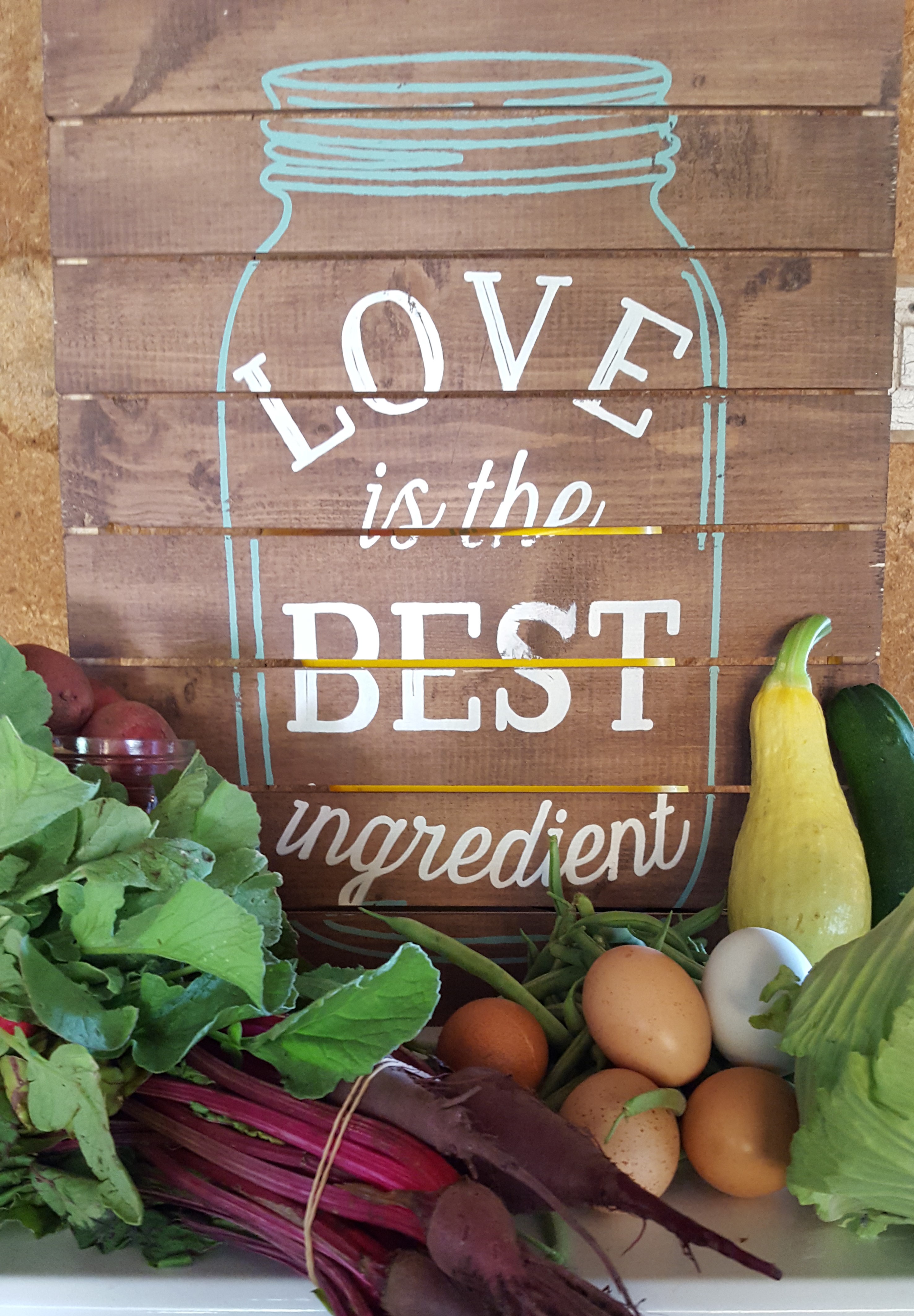What is CSA? Community Support Agriculture and Its Benefits to You and Your Local Farmer

The concept of Community Supported Agriculture has been around for 25 years in various forms. It has recently risen in popularity as a way for consumers to buy local, seasonal food directly from local farmers to reduce. Traditionally, farmers would sell "shares" of their produce before the season began to help offset the costs of planting, growing, and harvest. Buyers bought into an entire season (For example : 20 weeks at $20/week = $400). Shareholders (consumers) would then reap the benefits of harvest by receiving their allotment of produce when crops were at the peak of ripeness.

Benefits to the Shareholder
- Food at the peak of freshness, with all the flavor and rich vitamin benefits
- Save money and calories by not eating out
- Save time by avoiding the grocery store
- Being exposed to new and different varieties of locally grown produce, increasing micronutrient intake and broadening the palette by trying new foods
- Learn more about how local food is grown and what plants do best in native soil, and when
- Keeping consumer dollars local to bolster local economy and support local farmers
Benefits to the Farmer
- Connect with local community members to increase the bond between farmer and consumer
- Receive payment early in the season, which helps offset costs such as buying seed, planting, preening and other plant care, and harvesting

This simple concept can have a profound impact on both the local community and local farmers. Tens of thousands of families have joined a CSA, and in some areas of the country there is more demand than there are CSA farms to fill it.
Small, locally owned farms became almost non-existent in the '80s to early 2000s when large production farmers, feed lots, greenhouses, and synthetic farming came on the scene. Technology all but eliminated the demand for local produce when companies began "growing" produce in large production plants in mass quantities, then offering these products to the consumer at a discounted rate. (This is why you can go to your local grocery store and buy a head of lettuce of $1 where at a farmer's market it may cost you $2.25.) However, some of these produce products never see native soil and are grown with the aids of fertilizers and pesticides to help minimize the risk of damage to the crop.
The Risk of Being a Farmer
Organic farming carries a lot of inherent risk. From drought, to bug infestations, to floods, to cold weather - it's not easy being a farmer (especially in Kansas). Community Support Agriculture helps the farmer mitigate the risk of planting with no harvest. While it is always the farmer's intent and mission to provide shareholders with top-level produce, factors beyond the farmer's control could render an entire season without crop. CSA participants knowingly participate in a program in full awareness that no products are guaranteed and yield varies from year to year.
This type of trust between the consumer and farmer is what makes a CSA program unique. This is the type of relationship that used to exist between the farmer and the end consumer and these are just some of the ideals that Rommey Farms is trying to bring back to life.
Rommey Farms CSA


